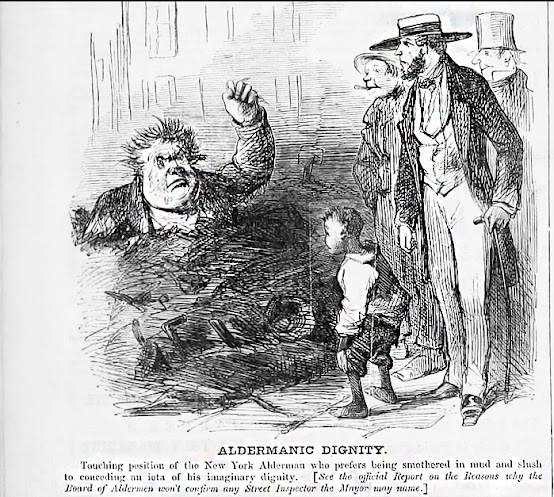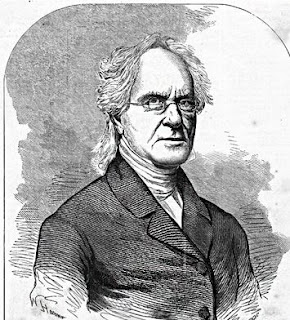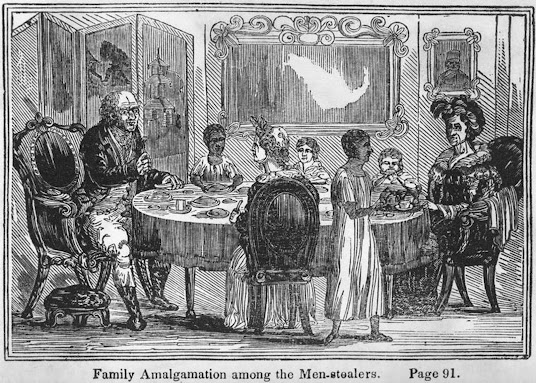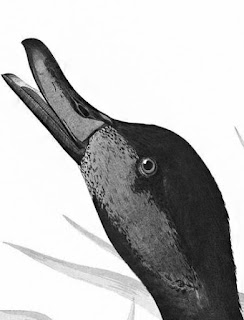Balloons and Perfect Horse Wonder
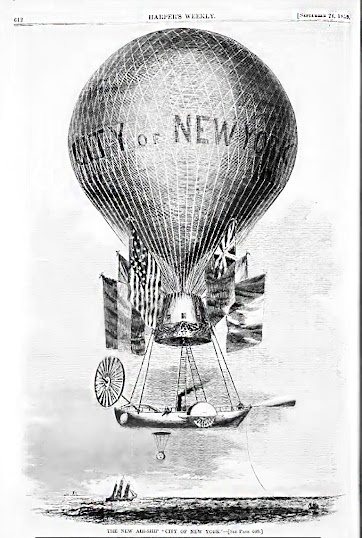
Balloons And "Perfect Horse Wonder" From the late 1840s through the 1850s, ballooning was taking off (pardon the pun.) Attempts were being made to make aerial journeys from St. Louis to New York City; San Francisco to New York City and an ambitious plan to make a trans-Atlantic balloon flight. The FAA Would Not Have Approved the "City of New York" (And you thought the Boeing 737 was unsafe!?) And then, there was the absurd. Imagine somebody attempting the following today Balloon Ascension on Horseback Professor Elliot made a balloon ascension on horseback at St. Louis, Mo., on Monday of last week. The Republican says: Agreeable to announcement: Professor Elliot made his aerial voyage on horseback. The ground inside the enclosure was thronged with ladies and gentlemen to witness his perilous voyage, while outside the numbers could only be enumerated by thousands. There were many who thought the horse would not go up but true to the appointed t...

